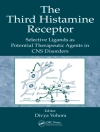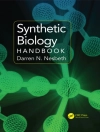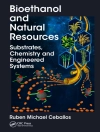Brain Repair, addresses all relevant issues underlying the mechanisms of brain damage, brain plasticity and post-traumatic reorganisation after CNS lesions. This book is divided the three major sections that follow; cellular and molecular basis of brain repair, plasticity and reorganisation of neural networks, and experimental therapy strategies.
Brain Repair is written by high profile, international experts who describe in detail the newest results from basic research and highlight new model systems, techniques and therapy approaches. Based on a careful analysis of the cellular and molecular reaction patterns of the CNS to lesions, the contributions cover possibilities for endogenous reorganisation and repair as well as exciting new therapies emerging from basic research, some of which have already been introduced into the clinics. Thus, this book is unique in bridging the gap between basic and clinical research. It will be a valuable tool for all students, researchers and clinicians interested in understanding the brain’s capacity to cope with lesions and interested in learning about emerging new therapy concepts.
Tabela de Conteúdo
Cell Death in the Nervous System.- The Glial Response to Injury and Its Role in the Inhibition of CNS Repair.- DSD-1-Proteoglycan/Phosphacan and Receptor Protein Tyrosine Phosphatase-Beta Isoforms during Development and Regeneration of Neural Tissues.- Regeneration Failure in the CNS.- The Role of Ionotropic Purinergic Receptors (P2X) in Mediating Plasticity Responses in the Central Nervous System.- Lesion-Induced Axonal Sprouting in the Central Nervous System.- A Kinase with a Vision.- Attempts to Restore Visual Function after Optic Nerve Damage in Adult Mammals.- Brain Repair.- Neuroprotection by c AMP.- The Collagenous Wound Healing Scar in the Injured Central Nervous System Inhibits Axonal Regeneration.- Role of Endogenous Neural Stem Cells in Neurological Disease and Brain Repair.- Transplantation in Parkinson’s Disease.












